The Jesuit priest
Father Harry Miller S.J.
Father Harry Miller S.J. left Louisiana in 1948 for Batticaloa. The Jesuit priest talks about the development of the mission, his work in documenting the disappearances during the 1990s, and explains why Batticaloa is the only home he knows.


Transcript and translations
Language
Subjects discussed
I feel at home only here
Well, I had volunteered for it years before and I had been reading the stories of this mission since I was a high school boy. And so because there were…publications were coming back, I knew what it was. And when they called for volunteers there…I think probably a fairly large number of the province did volunteer. But then it was up to them to choose the volunteers they wanted. There were four volunteers with us. Two priests came and the two of us who were still in our studies came.
Gene Herbert and I…Father Herbert and I got on the train in New Orleans. Our families saw us off at the Union Station. We travelled together by train to New York. We were met there. We stayed there, the few days we had to stay.
The trip over was…just we were on the ship. There were some Protestant missionaries coming over also, maybe four or five families of them. They had kids. And the kids hung around the Jesuits for some reason. We don’t know… One of our guys knew how to fly kites. Another one had set up on one of the decks. He got a big tarpaulin from down, stacked it up and made a small swimming pool on the deck. And so the kids hung around with the Jesuits. I think the Protestant missionaries were a little upset with that. But anyway, they grouped around the Jesuits. So we had fun with them.
We didn’t volunteer for six weeks, or a month or a year. They said, we need missionaries. And there were already American missionaries here who had been here since the ‘30s. Now they’re sending us over in the ‘50s…er the ‘40s. And these had been here already 10, 15 years. And the new bishop of the place was an American. So there was every indication that we would spend the rest of our lives here.
Over the years, I went back for an occasional visit. I did not go home for deaths…the way we were travelling in those days, a person dies, they would be buried in a week or so. I would not even be home. I went home for none of the deaths in my family. I guess I went back about five or six times in my 60 years I was here.
I feel at home only here. Everything I had been doing over these years was here. And I had learned enough Tamil to be able to work in the parishes. I had been parish priest at two or three different churches over the course of time. I wasn’t good at it, but I could stand up there on Sunday morning and talk to them about the gospel… of the day, a few simple things that needed to be said in Tamil. So that was done in the ‘70s I think, and I was rector here until the ‘70s. Then by the time I moved out, I had to learn Tamil for all of those elements, and I managed it somehow or other.
I am at home. I feel at home. I am at home. There’s no other place that I am at home is Batticoloa. Sixty-four years I’ve been in Batticoloa or and it is home. There’s no other places home. My family is mostly dead. Two sisters are living. But my older sisters, older brothers, mother, father, all the people I might have known, they’re gone. The house that we lived in is gone. The place where we stayed, the school that I went to has completely changed. It’s a different place now and so on. No, that is not home to me. This is home. I know Batticoloa better than many Batticolonians do.
I received something from Colombo the other day, from a family now in Colombo, about a relative who used to be here, who died abroad. And they were contacting me because he is from our area. They wanted me as a priest to say masses for his soul in Batticoloa, where he was. And I’m looked upon by them as typical of Batticoloa. So they contacted me to get masses said for him in Batticoloa, say part of it.
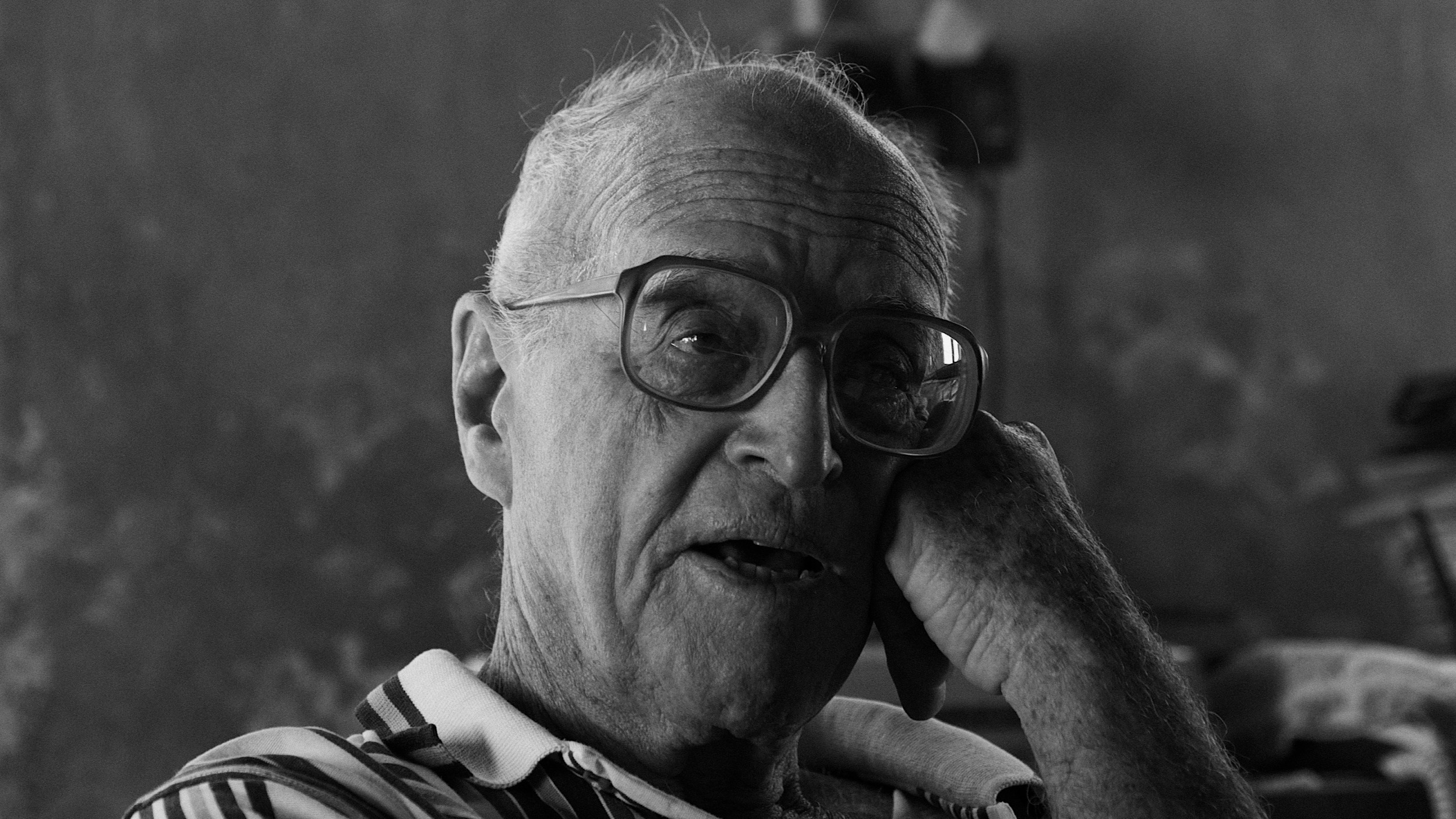
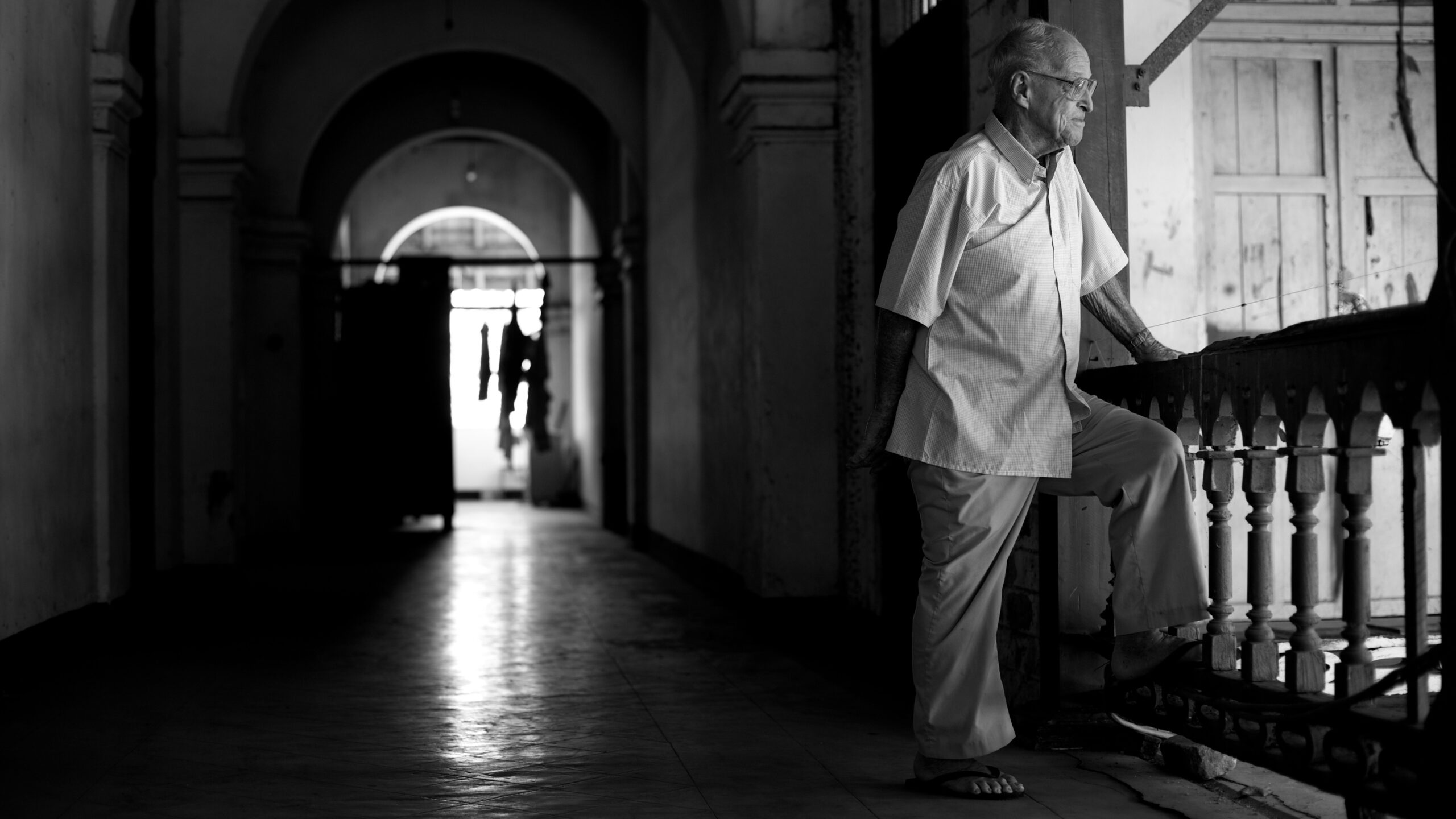
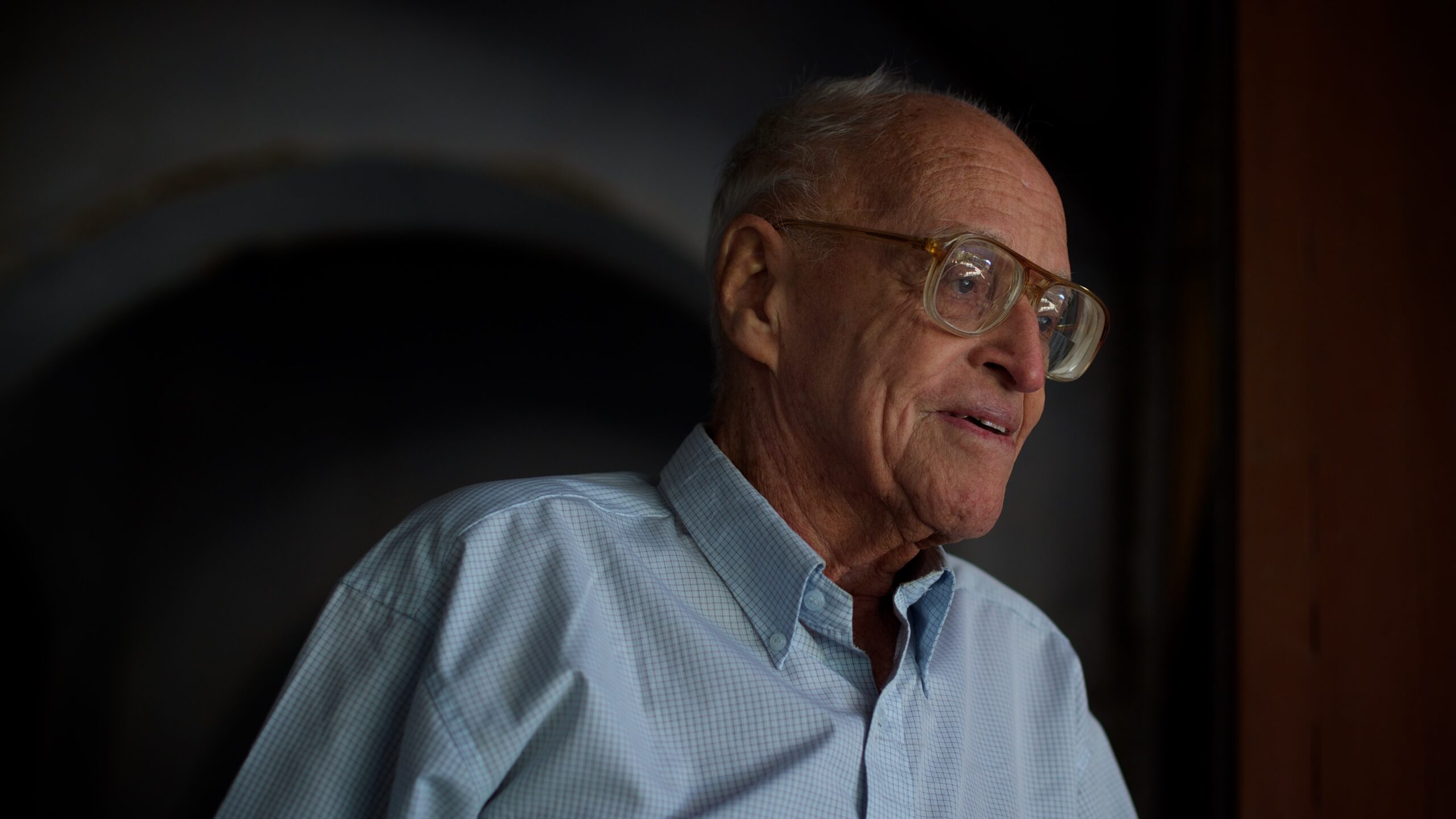
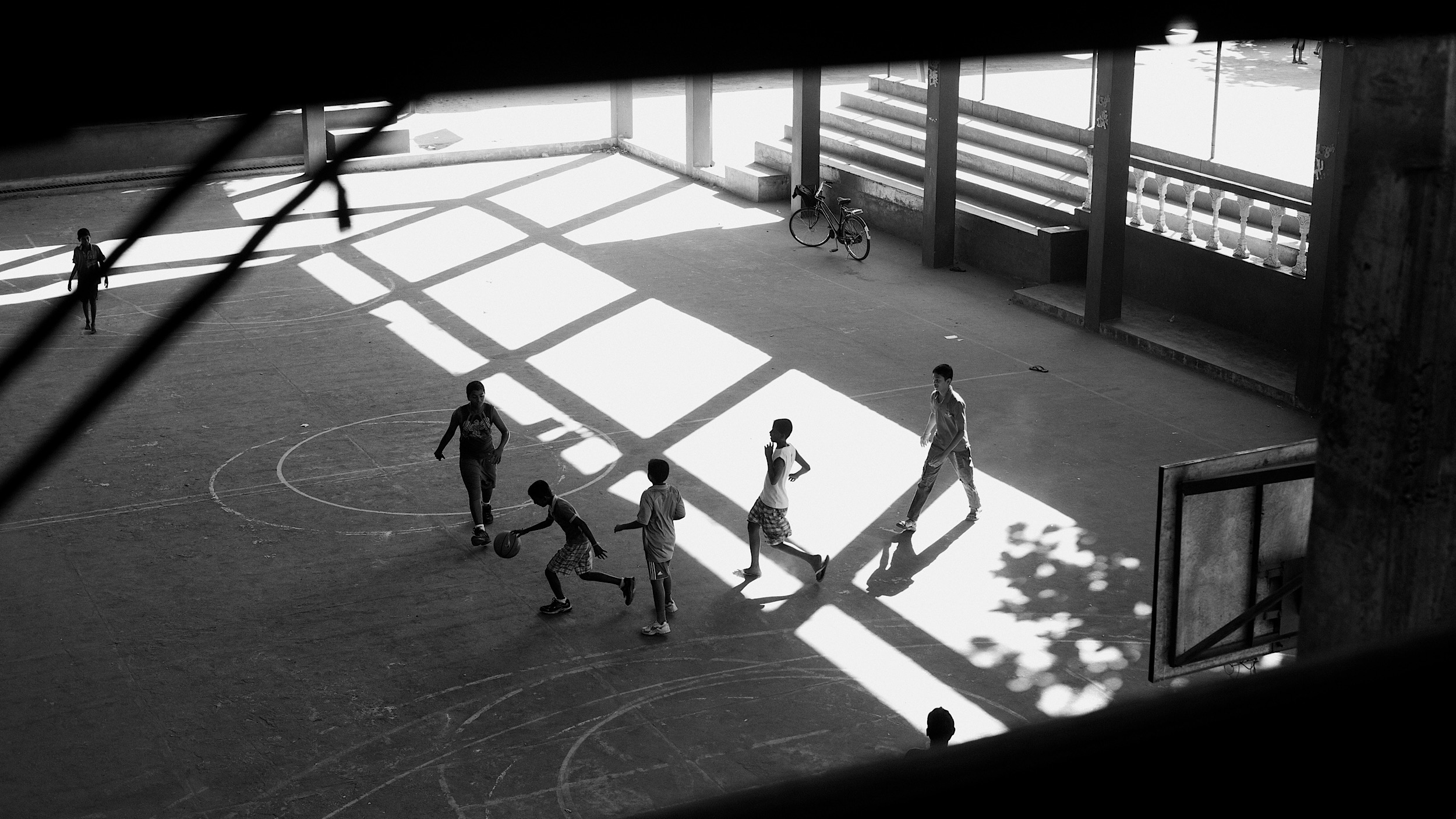
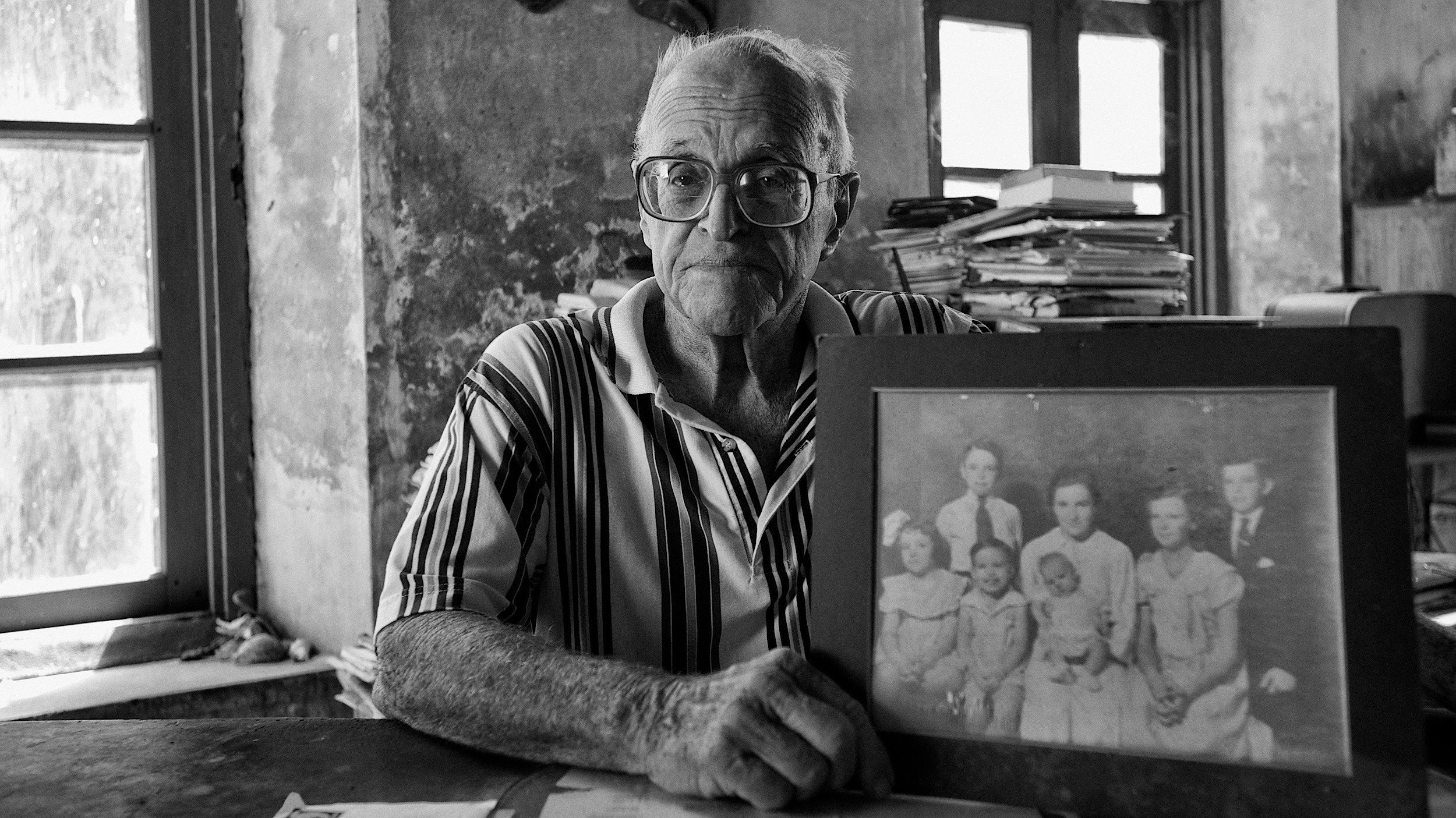
Comments
Leave a comment